Restlessly creative guitarist Bill Frisell leads a hybrid string ensemble with noted improvisers Hank Roberts, Jenny Scheinman, and Eyvind Kang, in pieces inspired by the paintings of Gerhard Richter.
– Mark Werlin
This is a Pure DSD album, recorded on Analog Tape and transferred to DSD 64. It is also available in DSD 512, 256 and 128.
In 2002 Bill Frisell was commissioned by producer David Breskin to create the music for an elaborate art book project on the great German painter Gerhard Richter. The book, Richter 858, was published in connection with a comprehensive US retrospective of Richter’s work, although it focused entirely on a recent series of eight small abstract paintings numbered 858 1–8. There were poems, essays, superb reproductions of the works, and Frisell’s music on an inserted CD – one piece for each painting. In 2005 Songlines Recordings released the music on SACD.
According to Breskin, “My attraction to Frisell wasn’t because of his compositional style so much as his relationship with the electric guitar. What Richter does with paint in these abstractions Frisell does with sound: he shapes it, he torques it, he inverts it — he reverses it in time… He uses all these signal-processing devices to take his original sound and transform it… It is very similar to Richter, in the sense that Richter knows well the effects he can get from running the squeegee over a wet section of paint, just like Bill knows the effects he can achieve by feeding a certain series of notes into his delay, and then letting them come back and playing over them. And yet neither Richter nor Frisell have perfect control of the process, and things happen which they can’t predict.”
In fact this music is a departure for Frisell, although it builds on musical friendships going back years or decades. Having discussed the possibility of a project with strings since the ’80s, Breskin and Frisell settled on the basic sound, electric guitar and three acoustic strings, and on the players – gifted, far-ranging improvisers who would relish the aesthetic challenge. After viewing the paintings in a private showing and finding out more about Richter, Frisell set about composing. A few months later Breskin and the band rendezvoused in Seattle and after a couple of days’ rehearsal the music was recorded in a live mix to 1″ analogue in just one day by master engineer Joe Ferla. Frisell comments: “On most of my recordings I overdub, mix, obsess over it, go back and tweak things, but I wanted this one to somehow represent this gesture of paint going across aluminum or canvas, and you just have to deal with it being there… I was thinking of my role as the guy with the squeegee… If a melody could be the equivalent of a photograph or a recognizable visual image, then what I was doing was kind of smearing the paint around, but there was always some underlying structure that was more carefully worked out.”
There’s a density to the music, a layered quality, and performance strategies that all clearly relate to Richter’s art. But Frisell’s Richter 858 also stands on its own as an evocative suite that straddles jazz and contemporary new music, moving between musical abstraction and something more melodic and “representational,” from extremes of dissonance, energy and noise to darkly serene meditations. Inspired by the whole process, Frisell has since written much more for the band, including a CD on Savoy, Sign of Life: Music for 858 Quartet.
The 28-page booklet includes reproductions of the paintings, interviews with Frisell and Breskin, and excerpts from Breskin’s pre-production notes for Frisell, “Outline re: Structure, Aesthetics, Questions, Thoughts.” A Youtube video “slideshow” presents the paintings and their details together with the pieces they inspired, demonstrating analogies between visual art and music that Breskin and Frisell had been working with.
Bill Frisell – guitar, electronics
Hank Roberts – cello
Jenny Scheinman – violin
Eyvind Kang – viola
Tracklist
Please note that the below previews are loaded as 44.1 kHz / 16 bit.Total time: 00:44:10
Additional information
| Label | |
|---|---|
| SKU | PWSGL25512 |
| Qualities | DSD 512 fs, DSD 256 fs, DSD 128 fs, DSD 64 fs, FLAC 192 kHz, FLAC 96 kHz |
| Channels | |
| Artists | |
| Composers | |
| Genres | |
| Original Recording Format | |
| Instruments | |
| Recording Location | Studio Litho, Seattle, USA |
| Mastering | Joe Gastwirt at Joe's Mastering Joint, Oak Park CA |
| Recording Engineer | Joe Ferla |
| Release Date | December 8, 2023 |
Press reviews
NativeDSD Blog Review
Restlessly creative guitarist Bill Frisell leads a hybrid string ensemble with noted improvisers Hank Roberts, Jenny Scheinman, and Eyvind Kang, in pieces inspired by the paintings of Gerhard Richter.
BBC Music
After a minute or so of uncompromising free-form cacophony that will potentially alienate many listeners, the album’s opening piece “858-1” develops into a hauntingly mournful melody, as beautiful as anything Frisell has written. The piece also establishes the overall modus operandi, with collective playing dominant and very little space available for individual solo voices; Frisell himself rarely takes the spotlight apart from an occasional attention-grabbing electronic intrusion. (…) For fans of Frisell’s post-Nashville, cosy, countrified music, this album will feel like jumping naked into icy water – not comfortable, but very exhilarating…and maybe not to be repeated too often. Older fans will be gratified that Frisell still has his cutting edge when needed; he’s as sharp as ever.
AllMusic
Since art is, of course, a subjective thing, you may or may not feel that the music directly relates to the paintings, but there’s no denying that this is a fascinating project. The majority of the songs are built on simple repeated figures, and the players all seem free to embellish and improvise on top of that. Frisell’s delays play a major role in this music (Breskin points out that Richter’s technique of applying a squeegee to wet oil paint is analogous to Frisell “smearing” notes by manipulating his delay), and the way he uses the delayed guitar signal to complement, and in some cases mimic, the strings is quite amazing (remember, this was done live with no editing). It’s been years since Frisell has made such extensive use of the delay, but he’s still an absolute master. There is also a minimalist quality to the pieces, but the interplay between guitar, delay and strings keeps them from becoming static. Most of this album is quite serene and beautiful, although there are a couple of hairier moments.
SoundStage!
Jazz guitarist Bill Frisell pushes the limits of jazz, forcing music into areas previously unexplored. Thus, he also requires that his listeners push their musical horizons. In Richter 858 he uses as his musical muse eight oil-on-aluminum abstract paintings by Gerhard Richter — reproductions of which can be found in the excellent liner notes and on the enhanced CD layer.
Backed by the violin, viola, and cello of Jenny Scheinman, Eyvind Kang, and Hank Roberts respectively, Frisell’s guitar, through his electronic manipulations, weaves eight interesting and thought-provoking sonic vistas. This is not easy listening. It requires time to absorb the result of Frisell’s impressions, time to digest his art — for that is what this album is: musical art. I was struck by the times the music and art meshed, as well as moments when they did not, or didn’t seem to.
Thanks to an excellent sonic transfer of the original stereo analog tapes, you will hear every nuance, bow stroke, strum or pluck.
AllAboutJazz
The opening minutes of “858-1” are as aggressive, angular, and abstruse as recent efforts including Blues Dream and Unspeakable have been easy on the ears. If, indeed, there’s any precedence in Frisell’s compositions here, it’s with the more adventurous music of This Land and Before We Were Born —inescapably daring, yet with an indefinable American, if not Americana, complexion. One element that is a continuation of Frisell’s more recent work is his approach to improvisation, which leans more to the collective and less on the individual. And the lines between structure and soloing are inevitably blurred. “858-5” may revolve around a repeated rhythmic motif from all players, but everyone seems to have their moment(s) of extemporization, although it is often difficult to figure out how they determine who will carry the form and who will become more exploratory. “858-6” bears the ethereal microtonal ambience of Gyorgy Ligeti’s work, while “858-4,” the longest of the eight pieces, begins as an atmospheric tone poem, ultimately evolving into a cello ostinato that allows Kang and Scheinman more breathing space while Frisell applies colours with his sundry electronic devices.
Only logged in customers who have purchased this product may leave a review.

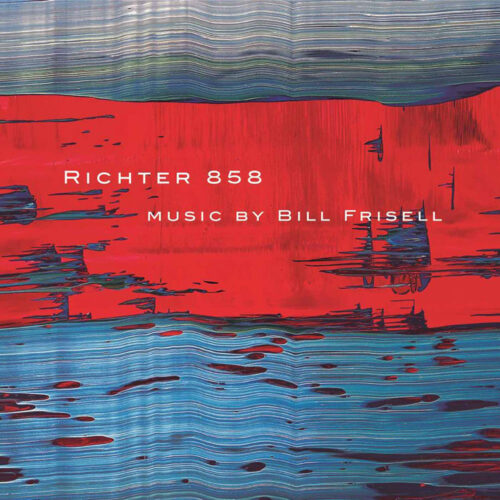
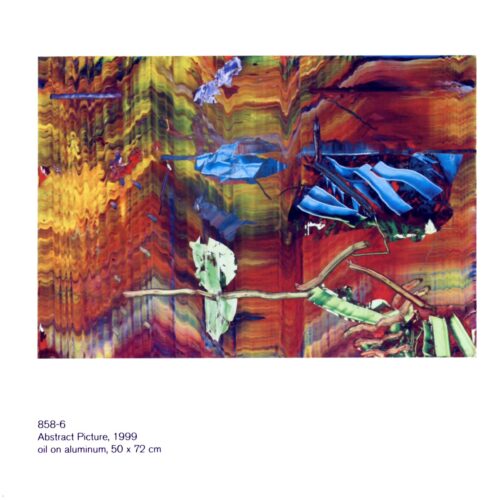

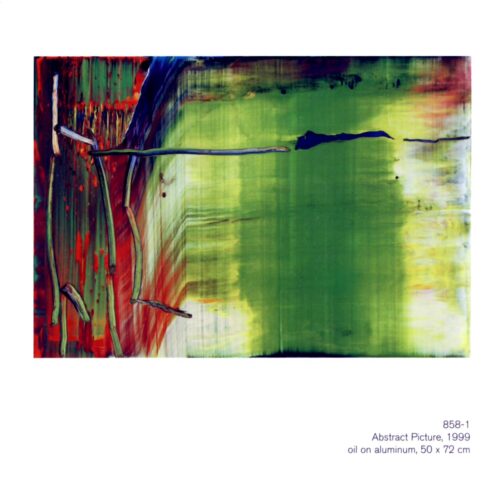
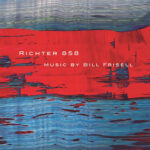
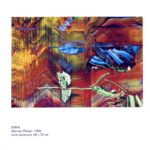
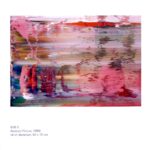
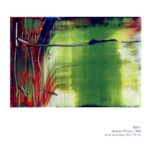




Reviews
There are no reviews yet.